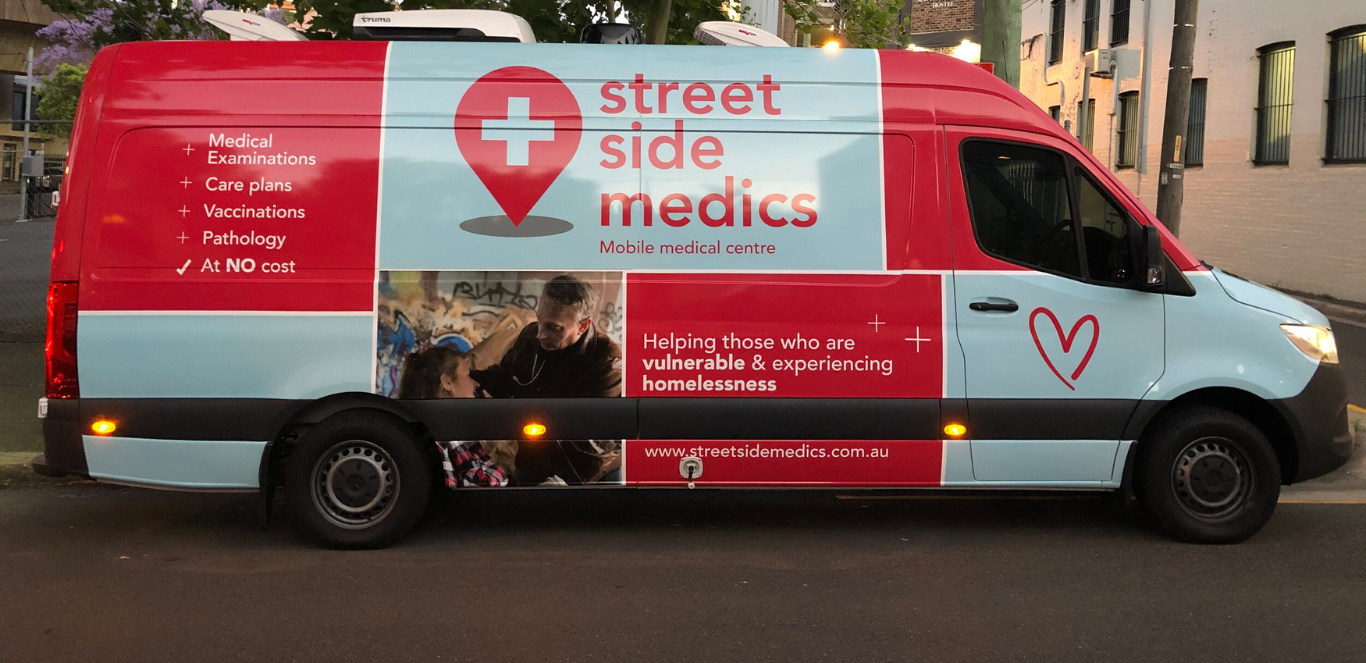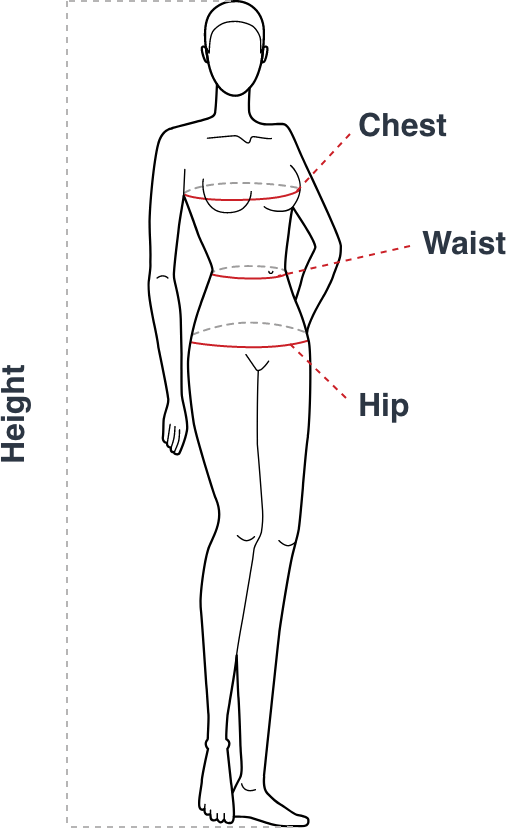What is Homelessness Week?
In Australia there are over 116,000 people experiencing homelessness on any given night. Homelessness Week aims to raise awareness of the impact of homelessness on Australia via national and local community events, including providing information on the importance of housing as a solution and educating communities on how they can make a difference.
When is Homelessness Week?
Homelessness Week 2022 will be taking place from Monday 1 to Sunday 7 August.
What is the theme?
The theme for Homelessness Week 2022 is To end homelessness we need a plan.
What is homelessness?
The experience of homelessness can be defined in many different ways and stretches across many cohorts of people, including people living in crisis accommodation, rough sleeping or those in temporary housing. Being homeless can mean more than not having a roof over your head and is not just one typical experience. Every Australian deserves to have a home.
United Nations definition of homelessness
The United Nations identifies homeless people under two broad groups:
Primary homelessness (or rooflessness). This category includes persons living in the streets without a shelter that would fall within the scope of living quarters
Secondary homelessness. This category may include persons with no place of usual residence who move frequently between various types of accommodations (including dwellings, shelters and institutions for the homeless or other living quarters). This category includes persons living in private dwellings but reporting ‘no usual address’ on their census form.
Major report shows path to ending homelessness in Australia
Australia can end homelessness within a decade under a practical and ambitious new plan designed to guide the Albanese government. Housing is at the centre of Australia’s cost-of-living crisis. As rents rapidly rise and the cost of living races ahead of people’s incomes, the need to do more to avoid homelessness is more vital than ever.
A Plan To End Homelessness sets out clear actions needed to:
- Halve the number of households experiencing rental stress by 2027 and end rental stress by 2032;
- End homelessness for women, children and young people;
- End homelessness for Aboriginal and Torres Strait Islander Australians;
- Halve the numbers of people returning to homeless services by 2027, and halve the numbers again by 2032.
Homelessness can be solved through providing more safe and affordable housing, ensuring people’s incomes allow them to afford housing and other essentials, and providing support where needed for people to get into and sustain a home.
Key recommendations in the report include:
- Building 25,000 social housing properties a year
- Providing a housing guarantee to women and children fleeing family violence
- Providing homes and support to people who have been homeless multiple times to help them stay housed
- Providing young people who can’t live at home with the support they need to succeed
- Increasing JobSeeker to at least $70 a day and boosting Commonwealth Rental Assistance by 50 per cent
Homelessness Australia chair Jenny Smith said the Federal Government should use this clear plan now before them to end homelessness after committing to develop a national housing and homelessness plan before the election.
Barriers Limiting Access to Healthcare
- Health issues experienced for homelessness
- Severe and persistent mental illness
- Problematic substance use
- Physical disabilities
- Chronic physical health issues
- Metabolic syndrome
- Cardiovascular disease
- Respiratory conditions – Asthma and COPD
- Liver disease – chronic viral hepatitis
- Oral health conditions
- Cancers
Barriers to accessing services by people experiencing homelessness
- Lack of awareness of available services
- Prohibitive costs
- Lack of transport
- Level of documentation required E.g. Medicare card
- Structured appointment systems
- Stigma and embarrassment
- Previous negative experiences
- Distrust in practitioner
Service Provider Barriers
A significant barrier to accessing services identified by research in the area is the lack of coordination and communication between health and homelessness services.
Street Side Medics
Street Side Medics founder, Dr. Daniel Nour, and his fellow directors shared a vision of providing an exceptional standard of healthcare to the homeless community. The Street Side Medics team are able to carry many of the burdens that homeless people experience by exploring and addressing the barriers keeping them away from healthcare services.
Street Side Medics primary objective is to provide healthcare services which may include but are not limited to:
- Health examinations
- Diagnosis and treatment of medical conditions
- Producing and implementing health care plans
- Immunisations
- Pathology services
- Providing nutritional advice
- Minor surgical procedures
- Referring the homeless to appropriate medical subspecialties
Additionally, Street Side Medics have partnered with a number of medical subspecialties and allied health professionals who will participate in clinics on a monthly basis. While we continue to expand our services, at present the following services are available:
Subspecialty:
- Cardiology
- Infectious Diseases
- Gastroenterology
Allied Health Professions
- Physiotherapists
- Podiatrists
Their service operates from a mobile medical van which ensures that they are able to reach the homeless community across multiple locations. Each doctor in their van is an RACGP accredited General practitioner and the vans are fitted with the necessary equipment to provide primary healthcare services, to the standard of a normal general practice. Furthermore, Street Side Medics have partnered with a number of homeless services in areas with demographically high concentrations of homelessness in order to improve patient participation. Most imortantly their services will be of no personal charge to any patients regardless of healthcare status.
As a not-for-profit organization, your generosity is the foundation of all Street Siude Medics services. Your donation allows them to continue providing their services, by equipping them vans with necessary medical equipment and supporting their volunteers. All donations over $2 to our organisation are 100% tax deductible
Support the Work of Homelessness Australia
Would you like to support the work of Homelessness Australia?
Sign your organisation up to endorse the work that we do, as a not for profit, non-funded organisation.
What does this mean?
Supporting Homelessness Australia means that you’ve read our vision and values as well as our advocacy priorities and that your organisation endorses what we are trying to achieve. It may mean that from time to time, we reach out to you via email to let you know about our most recent work, our advocacy or campaign opportunities. You will have a chance to opt into this when you sign up to support us.
It doesn’t mean that you’re a member – just yet. Homelessness Australia is currently reviewing its membership criteria and process but once we have finalised this, we will let you know first.
If this sounds like something you would like to get involved with get in touch via the button below. Homelessness Australia can’t wait to work with you!









